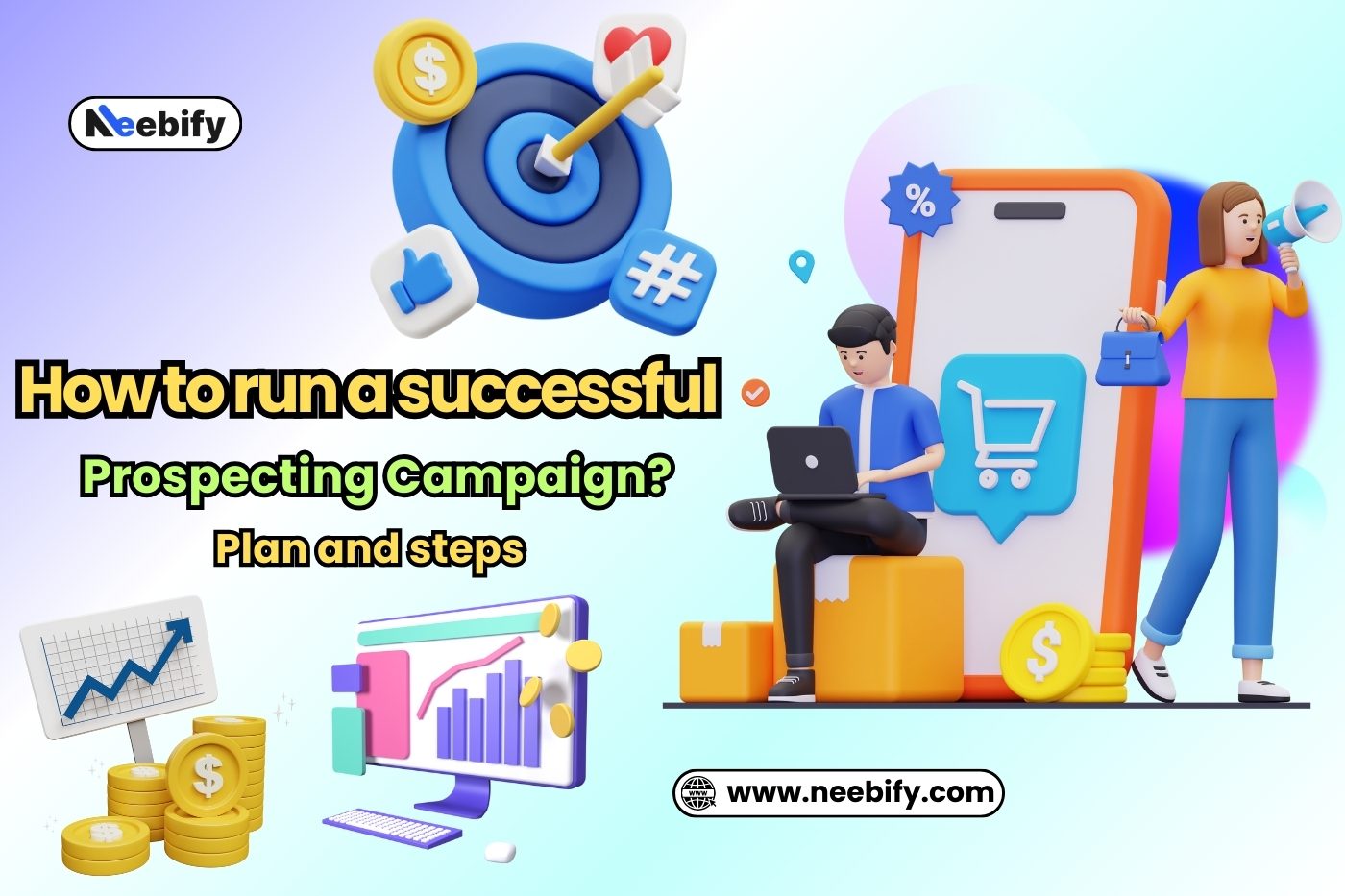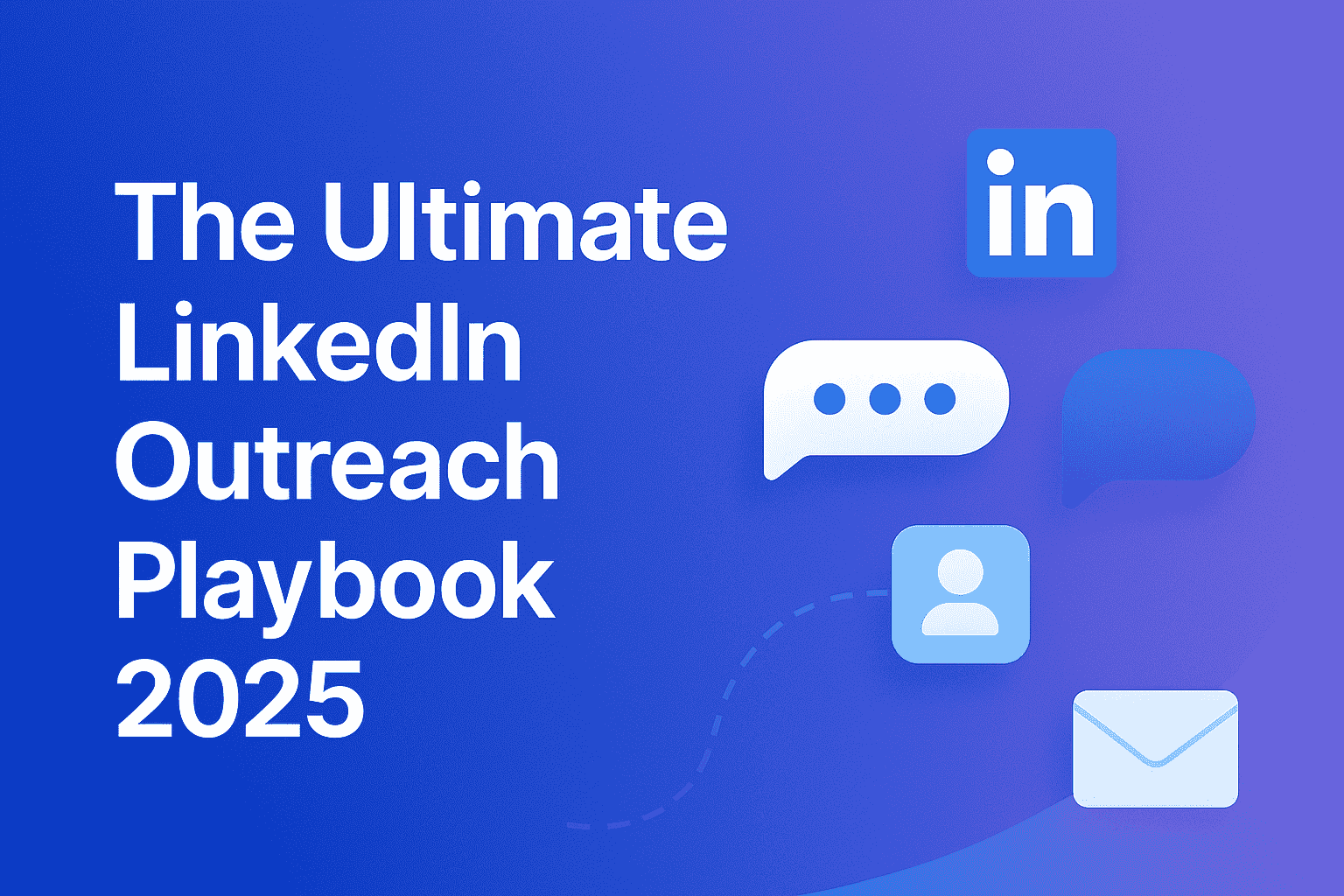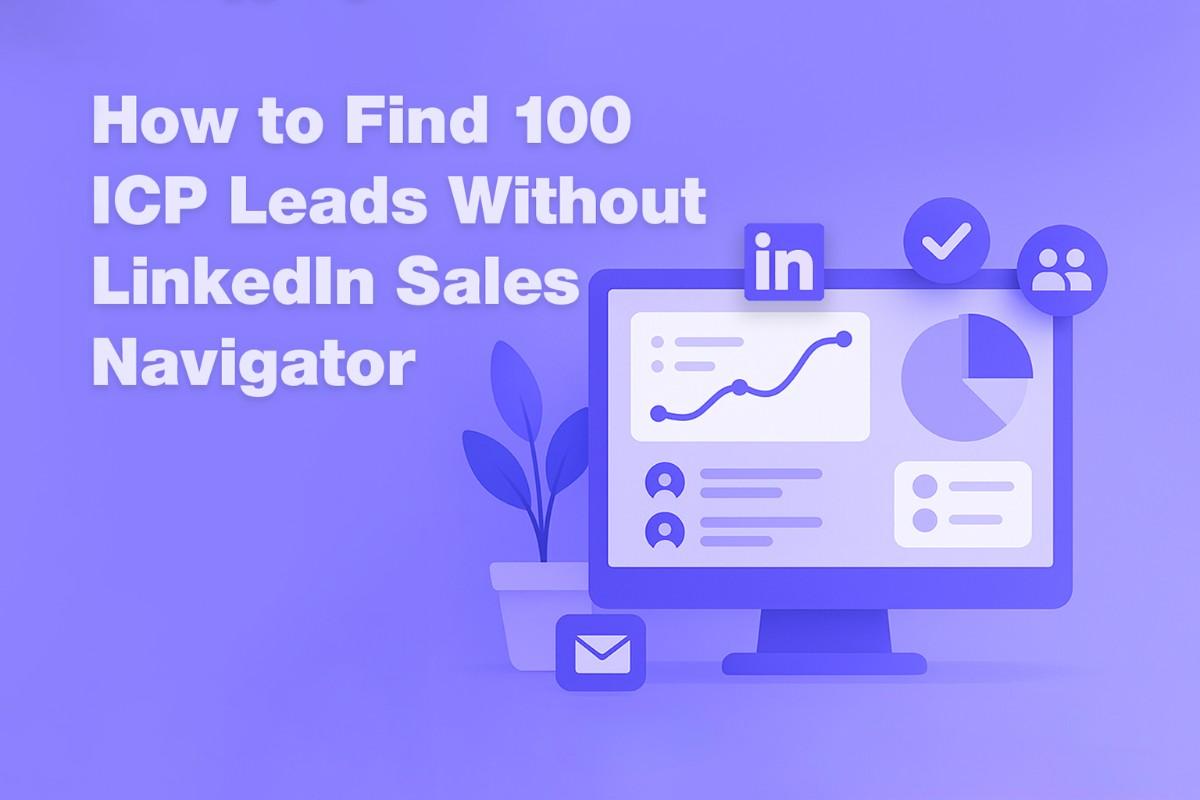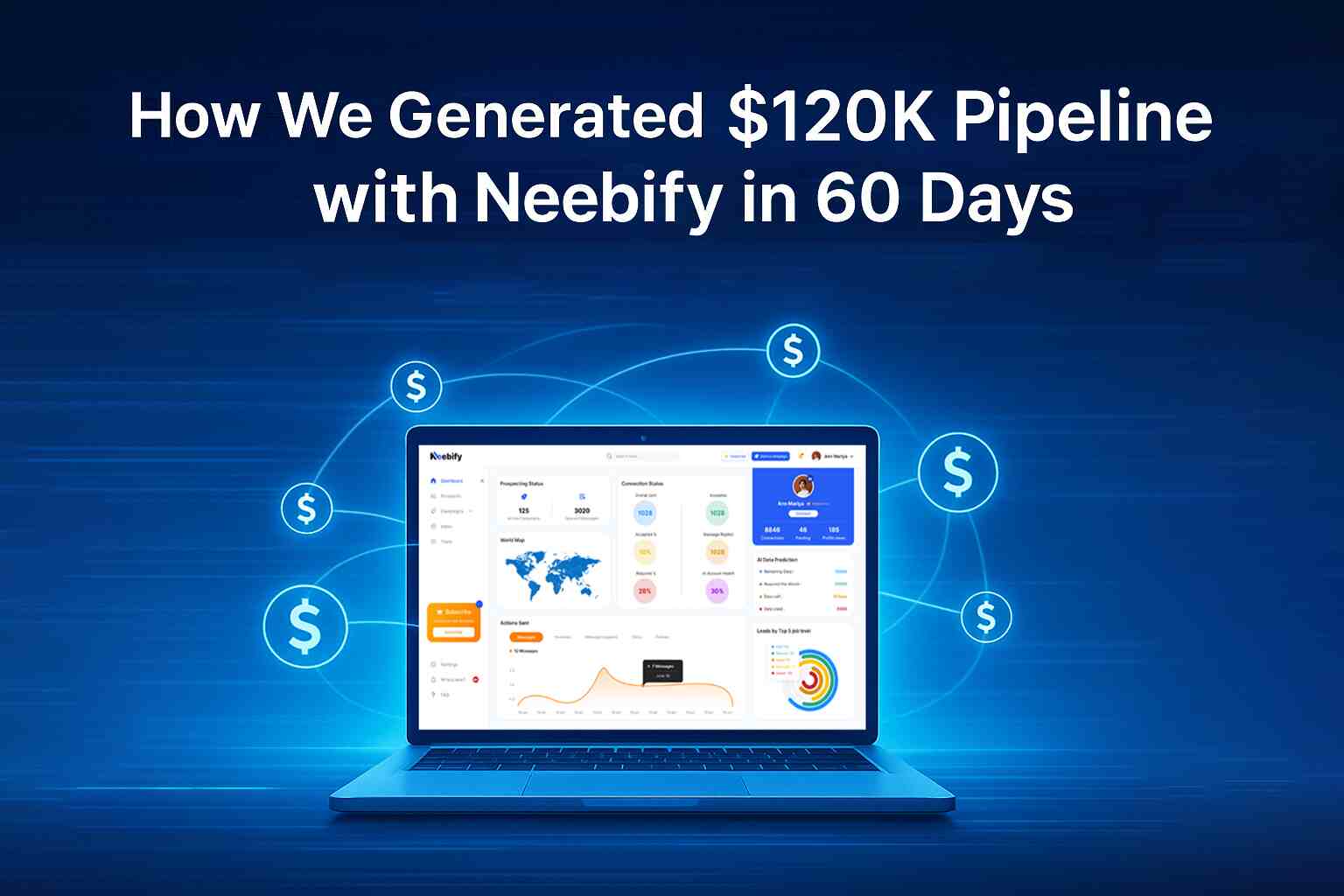Table of content
How to Run a Successful Prospecting Campaign: A Step-by-Step Guide
Prospecting is the backbone of any successful sales operation, but running a successful prospecting campaign is not just about a series of cold calls or emails. A prospecting campaign strategy will only really work if it has been well considered and has a clear set of goals and proper tools, all of which are aligned with your target audience and sales objectives. In the following guide, we will tell you how to conduct a prospecting campaign, starting from important steps and best practices through tools and tactics, in order to achieve maximal efficiency.
What is a Prospecting Campaign?
A prospecting campaign, therefore, is a staged process of identifying, qualifying, and converting a potential lead into a customer. The bottom-line goal of a prospecting campaign is to identify such individuals or entities that are more likely to benefit from your product or service and nurture the relationship until they're ready to buy. This involves establishing lines of communication with prospects, qualifying their interest, and engaging them in a manner that facilitates trust-building and ultimately moves them along the sales funnel.
What Is a Prospecting Plan?
A prospecting plan is a clear and comprehensive blueprint that will define exactly how your team is going to identify, reach out to, and convert prospects into qualified leads. It encompasses strategy, target audiences, the right channels, and even a timeline for execution. The bottom line is that the plan is a roadmap to achieve a consistent and effective campaign in prospecting.
6 Steps to Creating a Successful Prospecting Plan
A prospecting campaign is a successful one, not overnight. It takes careful planning and the right tools. Here are the 6 critical steps to help you build an effective prospecting plan:
1. Identify Your Target Prospect: You shouldn't start prospecting without knowing whom you're targeting. B2B prospecting tactics basically operate on the principles of segmentation. That being said, think about company size, type, titles of jobs, location, and problems that your product can solve for them. In this context, the tighter your target prospect, the better your lead generation strategy for sales will be.
Example: For SaaS targeting SMB, your audience is, by way of example, business owner or decision-making authority in companies with 10-50 employees, needing accounting or project management software.
2. Messaging Strategy: Determine who you're actually selling to, and from there, create persuasive messaging. Whether email, social media, or phone call, your message needs to resonate with them and help solve their problems. Best practices in Sales Prospecting also speaks to talking value versus making the sale.
Example:
Personalized subject line
Simple, clear language.
Focus on the benefit your product offers.
3. Right Prospecting Methods: You must choose the right sales prospecting methods depending upon where your prospects are more active. For example, while outbound prospecting tactics like cold calling and email outreach work well for some industries, some others may require inbound prospecting via content marketing, webinars, or social media.
Example: A B2B campaign often would involve a combination of outreach via email and LinkedIn networking. Online ads and SEO-optimized blog content probably would be the attention-grabbers for a B2C campaign.
4. Develop and Manage Your Prospecting Funnel: To successfully work with prospects from awareness to conversion you will need a clear strategy, which is called prospecting funnel optimization. As with the name, it has multiple steps of transforming the cold lead into warm ones and then into sales. The funnel stages usually cover following:
Awareness stage - First outreach, or the first email or call
Interest stage - a prospect interacts with your content or responds to your outreach
Decision – Prospect is interested in your solution
Action – The prospect becomes a customer
5. Using Sales Prospecting Tools and Software: Using sales prospecting tools and software can make the job easy. Products include LinkedIn Sales Navigator, Hunter.io, CRM software like Salesforce, to track leads, automate the outreach, and even segment prospects by engagement levels.
These tools allow you to:
Qualify prospects much better.
Track which emails or calls work.
Sell with instant pipeline management.
Repeat tasks like follow-ups and lead nurturing on auto-pilot.
6. Measure Success in Tracking: To know if your prospecting campaign is actually winning you have to track some KPI's and adjust your strategy. Some of the KPI that you might need to track may be;
Response rates
Lead conversion rates
Time spent per lead
Email open rates
Call-to-action (CTA) clicks
This makes it easy to keep your campaign on track by constantly reviewing and modifying your approach.
What is a Prospecting File?
A prospecting file is a repository of all information about leads. It might include contact information, communication history, notes about interests, objections, behaviors, and many other details.
To maintain clean records and for hassle-free follow-up, a prospecting file is required while preventing repetitive outreach. Usually, a CRM (Customer Relationship Management) system acts as the most common form of a prospecting file in large-scale campaigns.
Why and How to Use a Tool for Prospecting?
A prospecting tool can make the process not only efficient and scalable but also accurate. Whether it's sales prospecting software for automating outreach or lead generation tools to find new prospects, technology could manage repetitive aspects of prospecting while freeing your sales team to focus on more valuable stuff such as relationship building and closing.
Benefits of Using Prospecting Tools
1. Increased productivity: Automate long chains of unending tasks like email follow-ups and lead qualification.
2. Easier lead tracking: Track where each lead is in the way in the funnel.
3. Improving outreach: Leverage automation tools for personalization.
4. Better data insights: Fetch insights about campaign performance and change tactics as needed
Benefits of Running a Prospecting Campaign
In the prospecting campaign, businesses can venture into opening their customer base and consequently their revenues, with numerous benefits. A few of them include:
1. Targeted Lead Generation: By a structured prospecting campaign, you target your leads focusing more on that group of leads most likely to turn into sales, thereby making your sales team more efficient. And through specific lead generation strategies for sales, you would arrive at the right person and at the right time.
2. Consistency in Outreach: A well-defined prospecting plan means your outreach is not only regular but also systematic. Salespeople can, therefore, follow a defined procedure – minimize errors, improve productivity, and eventually close more deals.
3. Maximized Conversion Rate: Personalized, qualified lead communication can increase the conversion rate of the team following sales prospecting best practices. People become more responsive to relevant, value-driven communications.
4. Better customer relationships: Prospecting is more about relationship building than generating leads. Reaching out to a prospect through the right channels and methodologies also portrays your brand as a trustworthy advisor.
5. Greater revenue: A successful campaign of prospecting directly yields more qualified leads, thereby more sales opportunities, and at the tail end, more revenue to your business.
Conclusion
To run a prospecting campaign successfully, you have to construct a solid prospecting campaign strategy aligned with your business goals and sales targets. You will be bound to walk out quite more chances of turning prospects into loyal customers by utilizing the prospecting campaign steps with the best effective prospecting techniques and the best sales prospecting tools and software.
In every B2B prospecting strategy, be it via outbound prospecting tactics or developing leads through campaigns on customized communication, consistency and effectiveness are the essence. A good prospecting strategy is indeed a sure weapon; its impact will be felt both in the generation of leads and long-term retention of customers.
The right tools, a clear plan, and a commitment to sales prospecting best practices will help your business reach and convert prospects for growth and profitability.
Get your next meeting in a
matter of minutes.
Free Trial
Latest
The Ultimate LinkedIn Outreach Playbook 2025
A practical, modern guide to mastering LinkedIn outreach in 2025 — learn how to boost reply rates, p
12/1/2025How to Find 100 ICP Leads Without LinkedIn Sales Navigator
Generating 100 targeted ICP leads doesn’t require LinkedIn Sales Navigator. Learn how to leverage fr
11/28/2025


